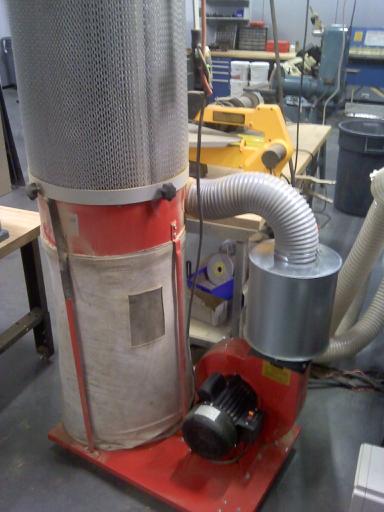
On machines with a pulley system to control RPM, a slower spindle pulley will generate more torque. This will be caused by a lack of power in your spindle motor.

Machine lacking rigidity (budget machine).Incorrect spindle speed, typically too fast.This will probably be the most common problem which may be caused by:. But there are hundreds of variations that can affect the results you are getting. Using the calculations I have given above should be a good starting point for getting the ideal speeds and feeds for your programs. Again use a lubricant and always check the cutting edges on the drill look good before you use it. It will take a while to drill a hole but it will drill it and come out of the hole in one piece. 01” or less and reduce the feedrate to about. To give you an example, when drilling with a 1/16” drill or smaller I will set the peck depth at. 125” diameter and smaller I always use a very shallow peck depth. The depth of the peck is not too critical until you start using small diameter drills. Taig mill spindle pulleys for changing the spindle speed
Shotbot cut speeds to spindle speeds series#
Using the calculations above is ok if you have a variable speed spindle, but what if you don’t? My Taig benchtop cnc mill has a series of pulleys to control its spindle speed. This will half the feedrate down to 61 in/min. So what you can do is use an endmill with only 2 flutes. This is too fast a feedrate for many hobby machines. Using an RPM of 15,280 would give a feedrate of 122 in/min. This would be in the range of a typical cnc router. Using a ⅛” (.125”) diameter cutter instead of a ¼” (.25”) cutter the required RPM for aluminum example will be:. To get around this we will need to make adjustments.įor example a router usually has a very high RPM, 12,000 and up, so to enable a higher RPM you can use a smaller dia cutter. Most hobby machines have a limited RPM range and limited feedrate capabilities. Now we have to consider the type of machine you are running. Using the same end mill as in the previous calculation you get an RPM of 7,640 which, as you would expect, is double the previous result.Īgain when you calculate the feedrate it is double the previous result at 61 in/min.

A SFM, on a benchtop mill or router, of 500 would be a safe starting point.

Next we can consider machining some aluminum stock. A high helix endmill designed for Aluminum, suitable for high feed milling So now we have a good starting point of 3,820 RPM with a feedrate of 30 inches/min. 002” X 4 flutes = 30.56 inches/minute feedrate. Now you can use the second formula using the rpm we just calculated,ģ,820rpm X.

So if we had a 4 flute cutter this would be. Again a good starting point using a good quality endmill would be. To calculate the feedrate we need to find out the feed per tooth or the feed per rev. 25” (¼”) dia endmill results in an RPM of 3,820. Using 250 SFM in the formula above, with a. I am going to recommend that you only use carbide endmills when machining metals, they are inexpensive enough and make the task a lot easier than using HSS (high speed steel) endmills.Ī safe starting point for a good quality carbide endmill machining a typical ‘soft’ alloy steel would be approximately 250 SFM. (a HSS endmill will be considerably slower, around 120) To use these simple formulas, you need to find out what ‘SFM’ (surface feet / min) that your milling tool is designed to operate at with the particular metal you are milling.


 0 kommentar(er)
0 kommentar(er)
